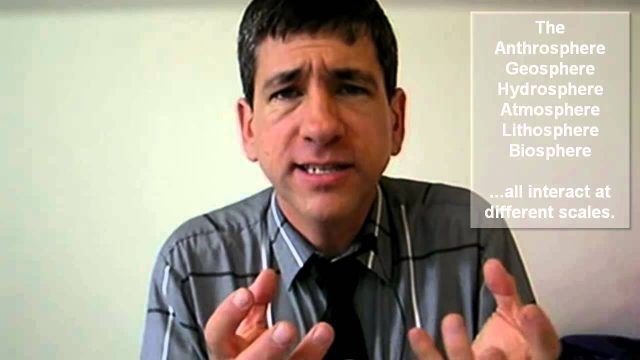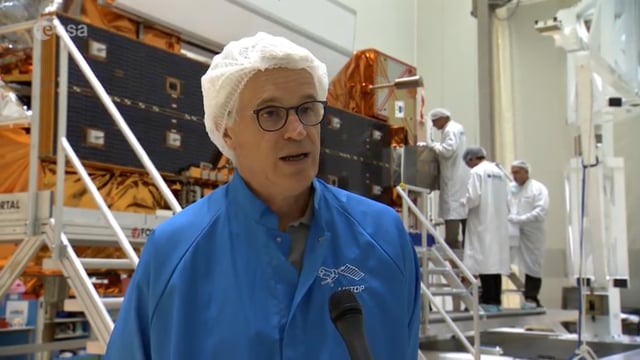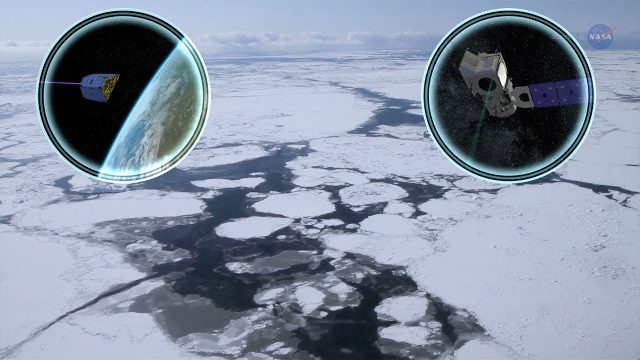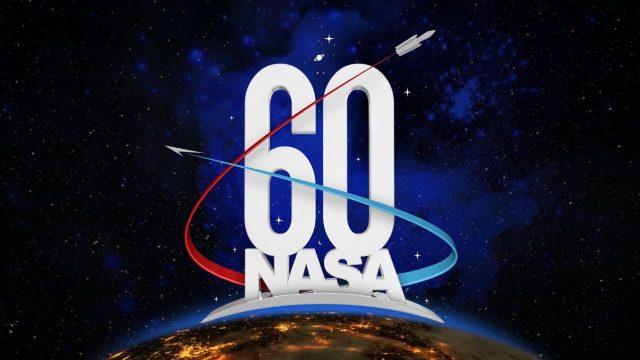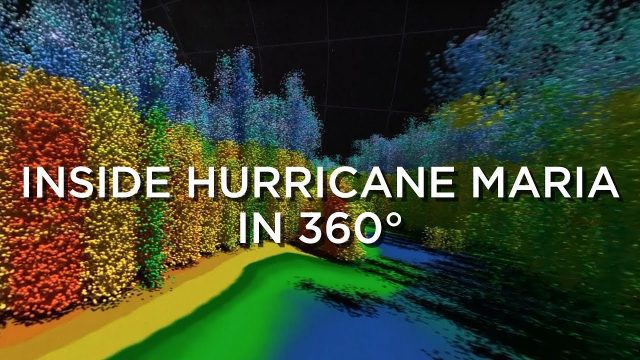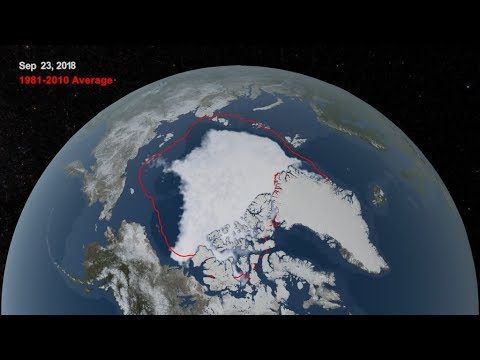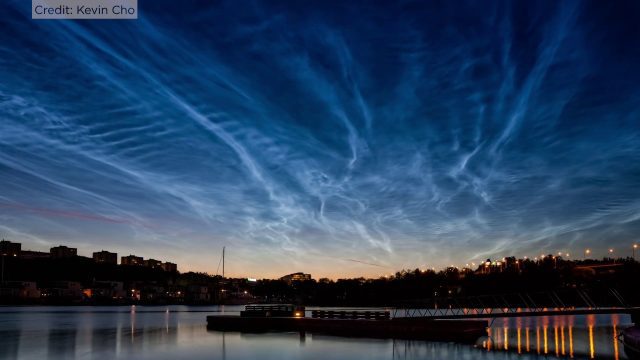Browse Archives
Make Every Day ‘GIS Day’
0 Views0 Comments0 Likes
GIS in education offers key skills and advantages, such as critical thinking, workforce competencies, working with data, holistic thinking, inquiry, and much more.
Meet ICON: NASA’s Airglow Explorer
0 Views0 Comments0 Likes
NASA's Ionospheric Connection Explorer, or ICON, launched on Nov. 7, 2018, and orbits above the upper atmosphere, through the bottom edge of near-Earth space.
NOAA’s Advanced Technology Demonstrator
0 Views0 Comments0 Likes
The ATD is a new research radar that combines the benefits of a phased array radar with the benefits of a dual polarization technology.
Getting Ready for MetOp-C
0 Views0 Comments0 Likes
The third in the series of MetOp satellites is scheduled for launch on Nov. 7, 2018, from Europe’s spaceport in Kourou.
Cool Ways of Studying the Cryosphere
0 Views0 Comments0 Likes
NASA missions are helping scientists study the cryosphere: the many forms of ice found on Earth.
NASA: 60 Years in 60 Seconds
0 Views0 Comments0 Likes
Congress passed the National Aeronautics and Space Act, on July 16 and President Eisenhower signed it into law on July 29, 1958.
Inside Hurricane Maria in 360°
0 Views0 Comments0 Likes
Two days before Hurricane Maria devastated Puerto Rico, the NASA-Japan Global Precipitation Measurement Core Observatory satellite captured a 3-D view of the storm.
2018 Arctic Sea Ice Ties for Sixth Lowest Minimum Extent on NASA Record
0 Views0 Comments0 Likes
Arctic sea ice reached its annual minimum extent Sept. 19, and then again on Sept. 23, 2018. NASA works with the National Snow and Ice Data Center to track sea ice in the Arctic as it grows to a maximum extent thro...
Corridor Mapping in Germany
0 Views0 Comments0 Likes
Above Highway A33, the mdMapper1000DG was tasked with creating a point cloud and orthophoto of a 12 kilometer stretch of the Autobahn.
Rare Electric Blue Clouds Observed by NASA Balloon
0 Views0 Comments0 Likes
On the cusp of our atmosphere live a thin group of seasonal electric blue clouds. Forming fifty miles above the poles in summer, these clouds are known as noctilucent clouds or polar mesospheric clouds.

